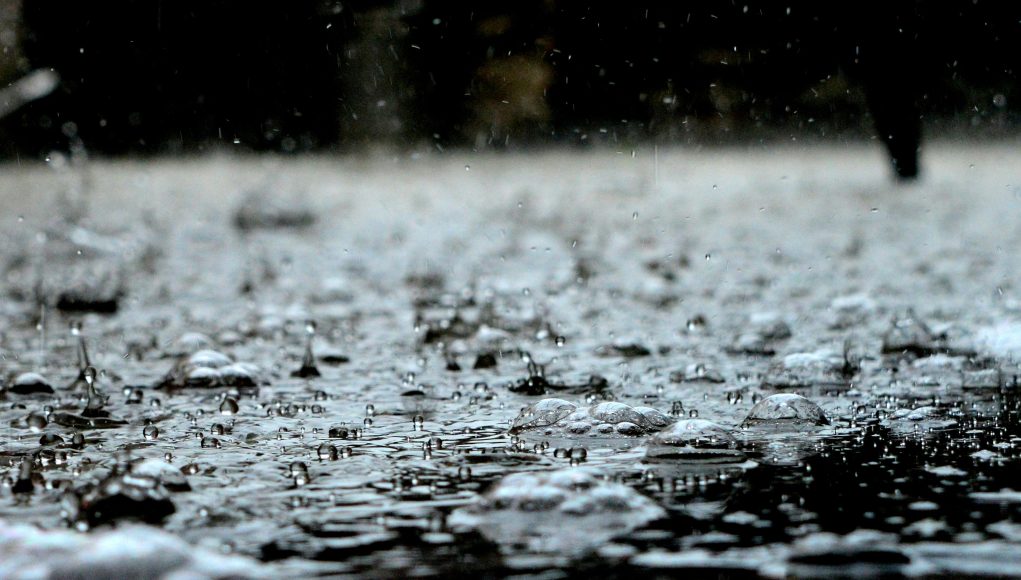
(Singapore, 25.11.2025)Southeast Asia is battling one of its most destructive bouts of monsoon flooding in recent years, as days of intense rainfall leave a trail of damaged homes, disrupted travel and rising death tolls across Thailand, Malaysia and Vietnam.
Authorities warn that the worst may not be over, with forecasters expecting heavy rain to continue into early next week.
Southern Thailand has been hit especially hard, with the province of Songkhla now declared a full disaster zone. The city of Hat Yai – a major commercial hub and a favourite destination for Malaysian tourists – is at the centre of the crisis.
According to provincial officials, record-breaking rainfall triggered severe floods across all 16 districts of Songkhla. The Royal Irrigation Department reported that Hat Yai recorded 335mm of rain in a single day on Nov 21, the highest in 300 years, while a staggering 630mm fell between Nov 19 and 21. Key districts, including Na Thawi, are almost entirely submerged, with roads cut off and more than 50,000 residents affected.
With land routes impassable, rescue teams have been forced to rely mainly on boats to reach stranded communities. Local officials say they urgently need more flat-bottom boats, drinking water and ready-to-eat food as the evacuation efforts remain slow due to high water levels and difficult terrain.
Tourism has also been severely disrupted. More than 4,000 Malaysian travellers are stranded in Hat Yai’s hotels and at its international airport, with inbound trips from Malaysia expected to be halted throughout the week. The floodwaters have also inundated agricultural areas in the south — regions that produce rubber and palm oil — raising concerns about crop losses and potential supply disruptions.
Across the border, Malaysia is also experiencing widespread flooding, particularly along the East Coast and northern region. As of Nov 24, more than 13,700 people have been evacuated to temporary relief centres (PPS) across seven states, according to national disaster authorities.
Kelantan remains the worst-hit, accounting for nearly 10,000 evacuees sheltering in 38 relief centres. Districts such as Tumpat, Bachok, Kota Bharu and Pasir Puteh are experiencing persistent rain, though officials say the situation is still under control with close monitoring underway.
Other affected states include Perak, which has over 1,400 evacuees, as well as Terengganu, Kedah, Penang, Selangor and Perlis. Authorities have cautioned residents living near rivers or low-lying areas to comply with evacuation orders and avoid risky activities such as fishing or swimming in swollen waterways.
Malaysia’s Meteorological Department has issued a continuous severe rain warning for parts of the East Coast and northern Peninsular Malaysia for the rest of the week, urging families to stay informed of weather updates and prepare essential supplies. Officials emphasise that early action is key to preventing casualties as rainfall continues to intensify.
In Vietnam, flood recovery efforts are under way in four central provinces after days of torrential rain. Officials report at least 90 deaths, along with extensive economic damage estimated at more than 13 trillion dong (about S$644 million).
The floods destroyed or damaged over 1,000 homes, ravaged 80,000 hectares of crops, and wiped out more than 3.3 million livestock and poultry. Farmers in Dak Lak, Vietnam’s largest coffee-growing province, faced delays in harvesting, raising concerns about potential impacts on supply in one of the world’s most important coffee-producing regions.
Local authorities say that while waters have begun to recede in some areas, cleanup and recovery will take time, especially in remote villages where access is still difficult.
A Region Saturated and Vulnerable — With More Rain Still to Come
The recent floods are partly linked to the northeast monsoon, which typically brings heavy rain at this time of year. However, meteorologists say the intensity of this year’s downpours has been especially severe.
Data from the US Climate Prediction Center shows that regions from Vietnam to southern Thailand have already experienced significantly above-average rainfall for the month as of Nov 23. Ground conditions are now so saturated that even moderate rainfall could trigger new flooding.
Forecasts suggest that wetter-than-usual weather will continue into next week across much of Thailand, Malaysia, Vietnam and the Philippines — the latter still recovering from a series of typhoons earlier this month.
Disaster management agencies across the region are urging residents to stay alert, avoid unnecessary travel, and follow evacuation instructions without delay. Emergency teams in all affected countries remain on standby as the region braces for yet more rainfall.
Despite the challenges, rescue workers, volunteers and community groups have mobilised quickly. In Thailand, military units are working around the clock to ferry supplies and evacuate people trapped in their homes. In Malaysia, civil defence teams are monitoring rising river levels and assisting families moving into relief centres. In Vietnam, local authorities are distributing food and essentials while assessing long-term recovery needs.
For many residents, uncertainty remains as weather forecasts indicate several more days of unstable conditions. But across Southeast Asia, the focus is now on staying safe and preparing for whatever the coming week may bring.





































